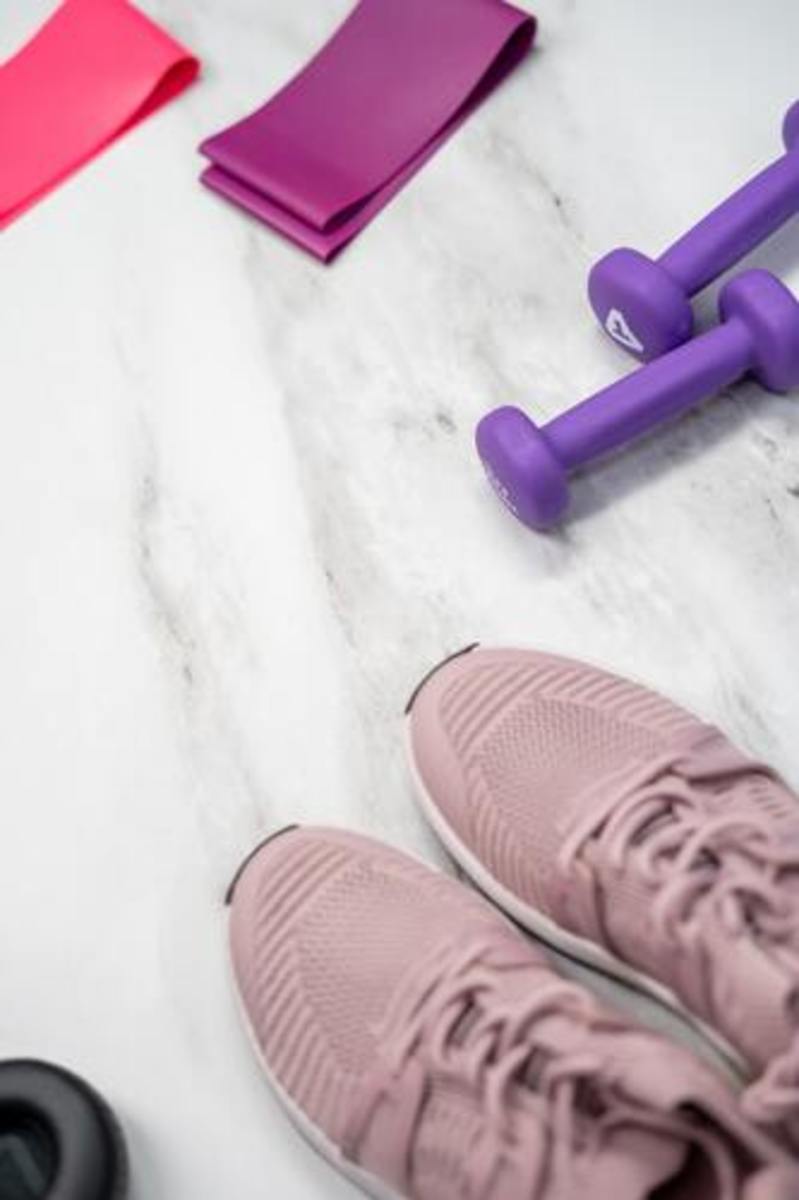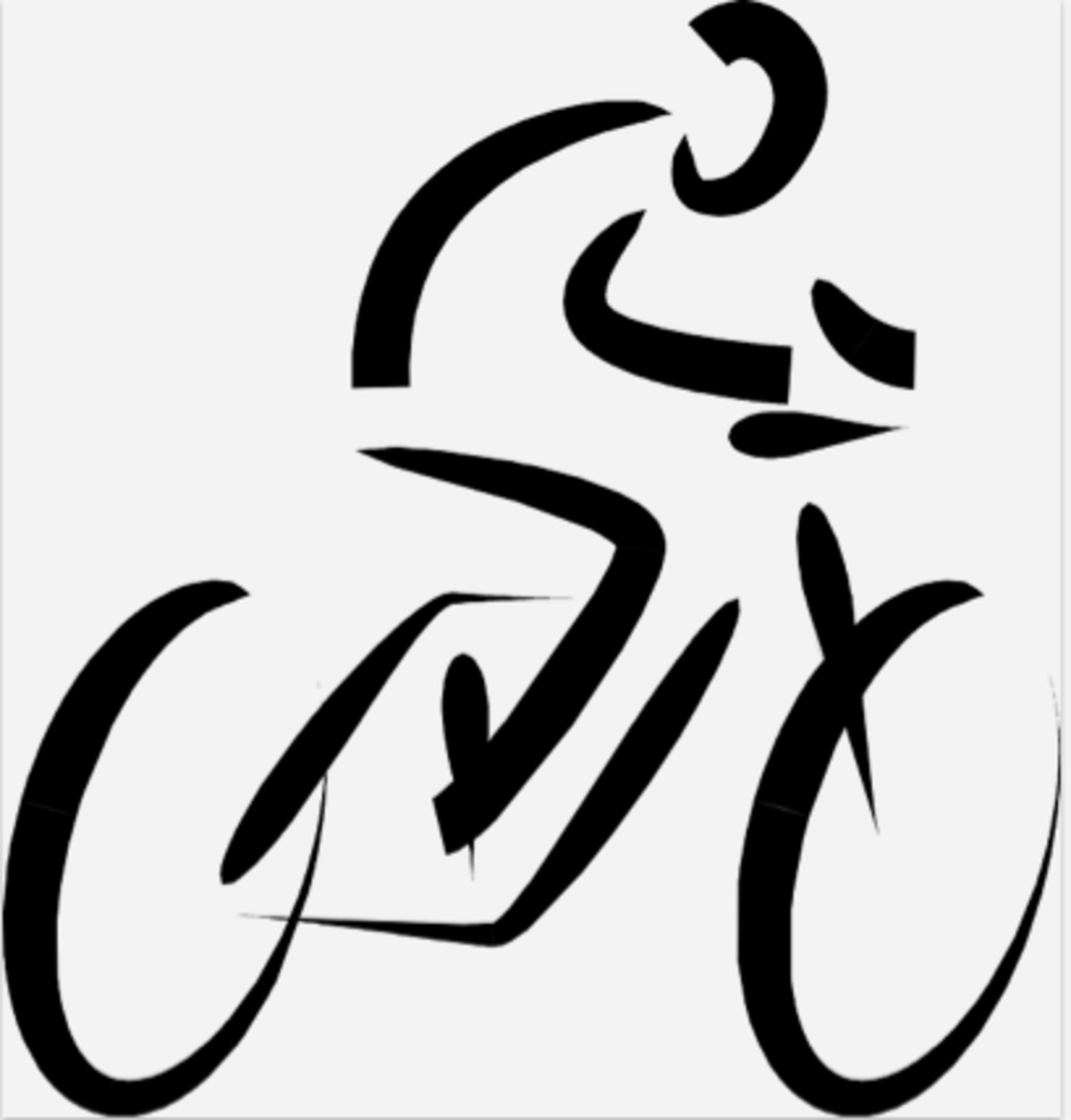NEAT: Its Significance and Ways to Increase It

Non-exercise activity thermogenesis (NEAT) is the energy expended for any physical activity we do, excluding sleeping, eating or intentional exercise. It includes the physical movements in our lives that aren’t planned exercise or sports, for example, activities such as cooking, shopping, and even small movements such as fidgeting. Fidgeting is a spontaneous physical activity that is not under voluntary control.
Some experts categorize NEAT into three main sub-components, comprising of body posture, ambulation, and all other spontaneous movements, including fidgeting.
Researchers have found that a 145 lb. person can expect to burn approximately 102 calories an hour while sitting at work. If that person stood while working, they would burn 174 calories. An extra 72 calories might not seem like a lot but it can add up to more than 18,000 calories burned per year, leading to an approximate 5 lb. weight loss.
Without utilizing NEAT, one would have to do 60 runs of 30-minutes at 5 miles per hour to burn the same rate of calories.
Total energy expenditure –
Daily total energy expenditure (TEE) is the net amount of energy utilized by humans to maintain core physiological functions and to allow locomotion. This includes basal metabolic rate (BMR), the thermic effect of food (TEF), and the energy expended for physical activity.
Multiple factors significantly affect our daily energy needs, including age, body composition, thyroid hormone status, sympathetic nervous system activity, ambient and body temperature, disease states, and medications.
BMR (Basal Metabolic Rate) or Resting Metabolic Rate (RMR), is the energy requirement of the body either without any activity or while lying motionless. BMR/RMR accounts for about 60% of your total daily energy requirements.
The thermic effect of food, which is the number of calories needed to digest food, accounts for about 10-15% of our energy requirements.
The rest of our energy requirements are dependent on how active we are in both intentional exercise and NEAT activities.
NEAT can account for as little as 15% of energy expenditure in the very sedentary and as much as 50% in very active individuals.
Beneficial effects of NEAT activities –
Neat plays a significant role in our health as mentioned below:
Controls obesity – Non-exercise activity thermogenesis (NEAT) varies widely between individuals. There is a variability of the range of around 7-9% in BMR between individuals of similar age, BMI and gender. Taking all these factors into consideration, NEAT is considered a factor with a potentially major role in obesity.
NEAT acts almost like a fulcrum. When we overeat, we retain extra calories as body weight if our NEAT remains the same. If we increase our NEAT, we will not gain excess weight during periods of overeating.
Decreases insulin sensitivity - Researchers have found that NEAT is associated with amelioration in insulin sensitivity in patients with type-2 diabetes. Therefore, NEAT plays a crucial role in managing type-2 diabetes in overweight and obese people.
Improves HDL cholesterol - It has been reported to improve high-density lipoprotein-cholesterol.
Prevents metabolic syndrome - The metabolic syndrome, which is characterized by abdominal obesity, high triglycerides, low HDL-C, elevated blood pressure, glucose intolerance, and insulin resistance, has been identified as a cluster of risk factors for atherosclerotic diseases. NEAT alleviates the risk by preventing the onset of metabolic syndrome.
Reduces abdominal obesity – It is said to reduce abdominal obesity which in turn reduces Insulin resistance as there exists an unholy association between them.
Ways to increase NEAT –
We have become an ever-increasing sedentary race. Sadly, most individuals do not know of the power of NEAT.
NEAT can change energy expenditure of two people of similar size by up to 2,000 cals a day. Those looking to change or maintain body composition can do so by increasing NEAT, which can become an essential tool for body mass control. We can increase NEAT in the following ways by:
- Doing gardening,
- Becoming keen to do personally the household chores – washing, ironing, vacuum cleaning, mopping the floor, cleaning the bathrooms. You don’t need a paid domestic cleaner!
- Getting a pair of lightweight kettlebells or dumbbells and doing a low-level no-sweat workout whilst watching TV,
- Using the stairs at work. The higher the floor your office is, the more you will get NEAT from this activity,
- Having walking meetings instead of boardroom-style meetings,
- Washing the car yourself manually instead of using the automatic car wash,
- Walking to post your letters instead of driving there,
- Walking to do light shopping where all your shopping will fit into one bag instead of driving,
- Walking to work if your office is within a 5-mile radius to your residence. Doing this will give you a return mileage of 10 miles every working day. How cool is that?
- Walking to the hair salon for the haircut or hair grooming and back,
- Coming off at least a mile or two before your usual bus stop, if you use public transport to work,
- Doing the same on your way back home. Come off the bus early,
- Using the rake to gather leaves in the garden in autumn instead of using the leaf blower,
- Installing tools on our PC or Mac like Exertime, which is a computer-based prompting system that reminds employees to take a break from occupational sitting by standing up to perform a short burst of exercise. The timing of this facility can be set to suit each individual workplace.
- There are some wearable devices that can remind an individual to get up after a pre-set interval of time to move around or do some physical activity, and
- Having an office re-design with treadmill desks where the tasks are undertaken allow for this. It doesn’t have to be on every desk. Workers can elect to use those treadmill desks in turns. And they are there for everyone to use when they please.
The bottom line –
It has been found that NEAT can vary between two individuals of the similar size by up to 2000 calories a day. It has been established that obese people sit an average of two and a half hours more per day than lean people, whereas lean people stand or walk more than two hours longer each day than obese people.
It is a reality that many of us are not a natural NEAT-type. So, in view of the numerous health benefits that NEAT offers, we can train ourselves to boost our NEAT throughout the day. There are many ways to do it. We can also innovate ways that can cut the amount of time we spend in a chair throughout the day.
References -
- Von Loeffelholz C, Birkenfeld A. The Role of Non-exercise Activity Thermogenesis in Human Obesity. [Updated 2018 Apr 9]. In: De Groot LJ, Chrousos G, Dungan K, et al., editors. Endotext [Internet]. South Dartmouth (MA): MDText.com, Inc.; 2000-Available from: https://www.ncbi.nlm.nih.gov/books/NBK279077/
- Hamasaki H, Yanai H, Mishima S, et al. Correlations of non-exercise activity thermogenesis to metabolic parameters in Japanese patients with type 2 diabetes. Diabetol Metab Syndr. 2013;5(1):26. Published 2013 May 27. Doi: 10.1186/1758-5996-5-26








